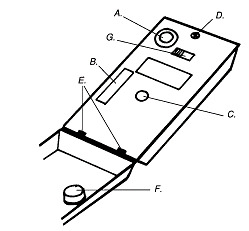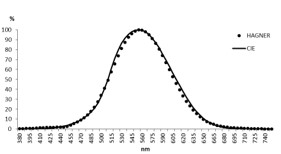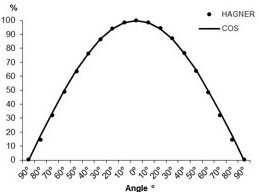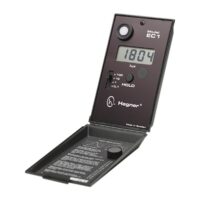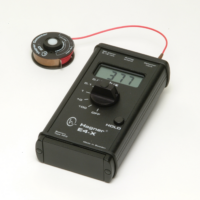Description
Hagner Digital Photometer TP200
The Hagner Digital Photometer TP200 is a small, handy, and extremely easy-to-use instrument for accurate measurement of illuminance. It features two ranges for the measurement of both metric lux (Ix) and imperial footcandle (fc) units. The scales can be chosen by setting the switch above the digital display. The sensitivity ranges are:
- 0.1-200,000 Ix
- 0.01-20,000 fc
Key Features:
- Automatic Zeroing & On/Off Switch: No complex setup required.
- Four-Position Range Selection Switch: Simple controls for easy operation.
- Hold Button: Retain the display value for easy reading.
Operation:
To operate, simply open the lid by pressing the forward part lightly downward with your thumb and pulling the latch upwards with the first two fingers. The photometer comes on when the cover is opened and turns off when it is closed. Move the range switch to the setting that provides the greatest accuracy and read the display. The hold function will keep the reading on the display until you release the button.
Maintenance:
- Power Source: Standard 9V alkaline battery (avoid battery leakage).
- Low Battery Warning: Replace when “LOBAT” appears on the display. The photometer will continue to work for approximately 20 more hours.
- Cleaning: The white plastic disc over the detector can be cleaned with a lightly dampened cloth.
Calibration:
The photometer is carefully calibrated when delivered. The light-sensitive silicon diode is highly stable over long periods. Recalibration every two to three years should be sufficient under normal use. If recalibration is required sooner, it can be returned to your stockist or the manufacturer for checks.
The Hagner Digital Lux/Foot-candle Photometer TP200-X
The TP200-X is designed for measuring illuminance levels in areas where the built-in detector might be shaded or where access is difficult. It comes with a 2-meter cable connecting the detector to the instrument, and an extension cable can also be used for additional flexibility.
Important Notes:
- Each detector is individually calibrated to its associated instrument. Do not interchange detectors.
- Check that the instrument number on the cover corresponds with the number on the detector before use.

